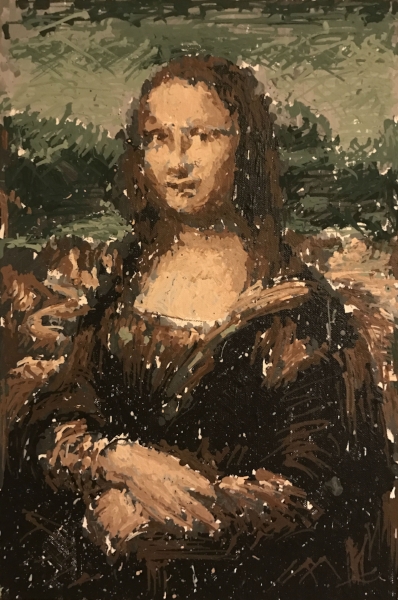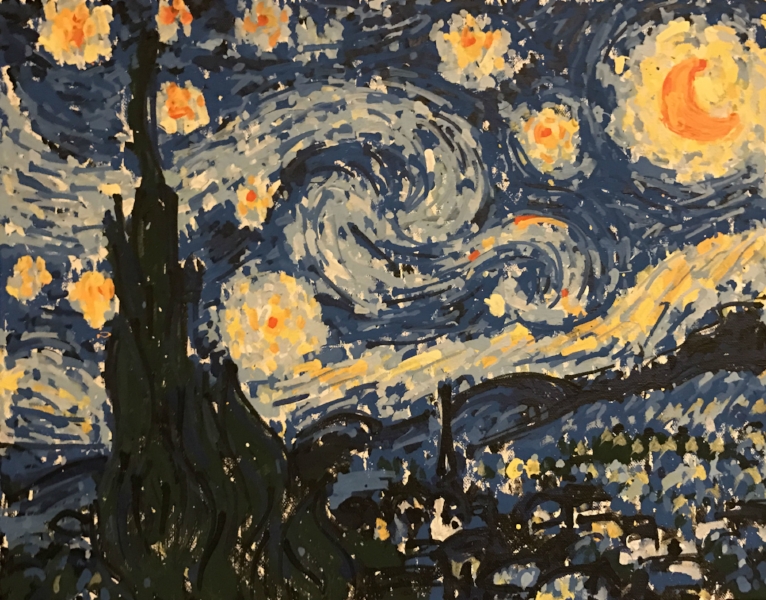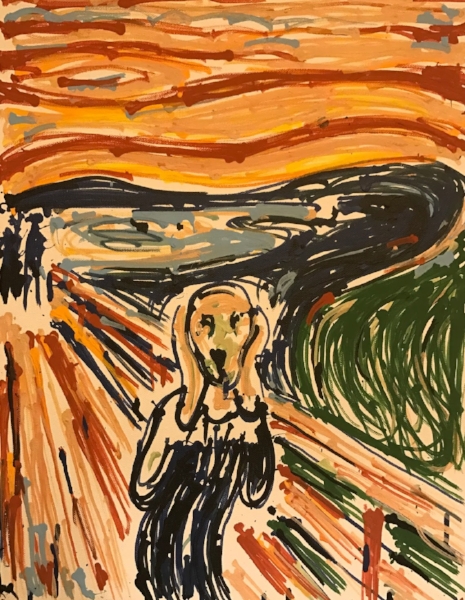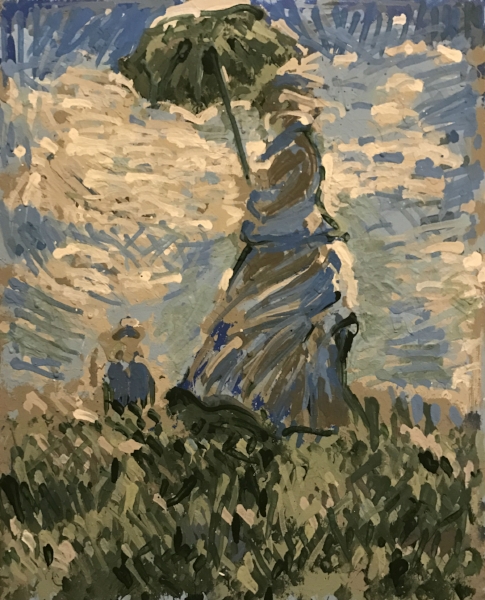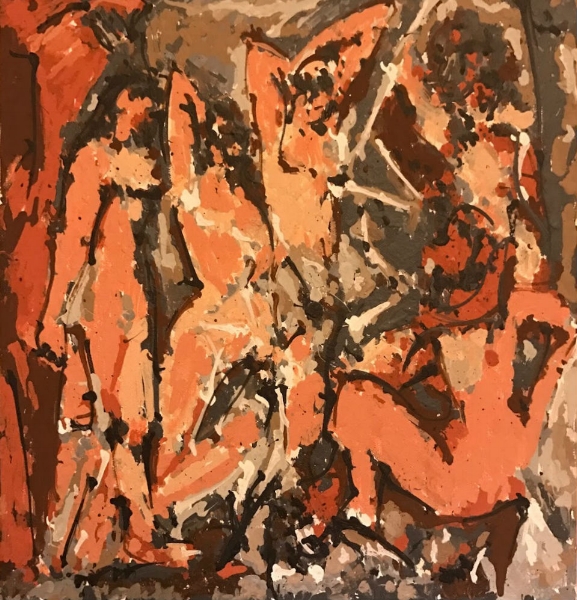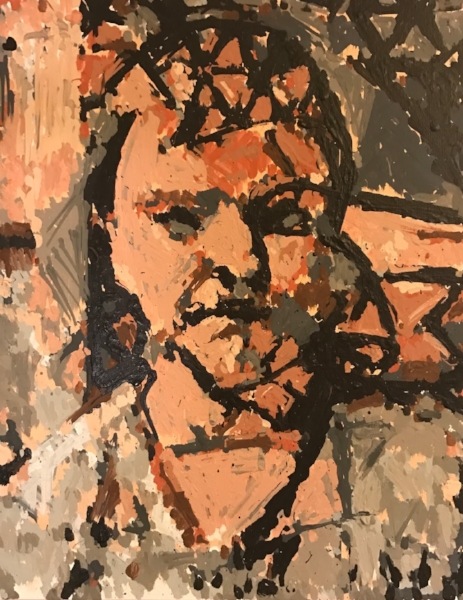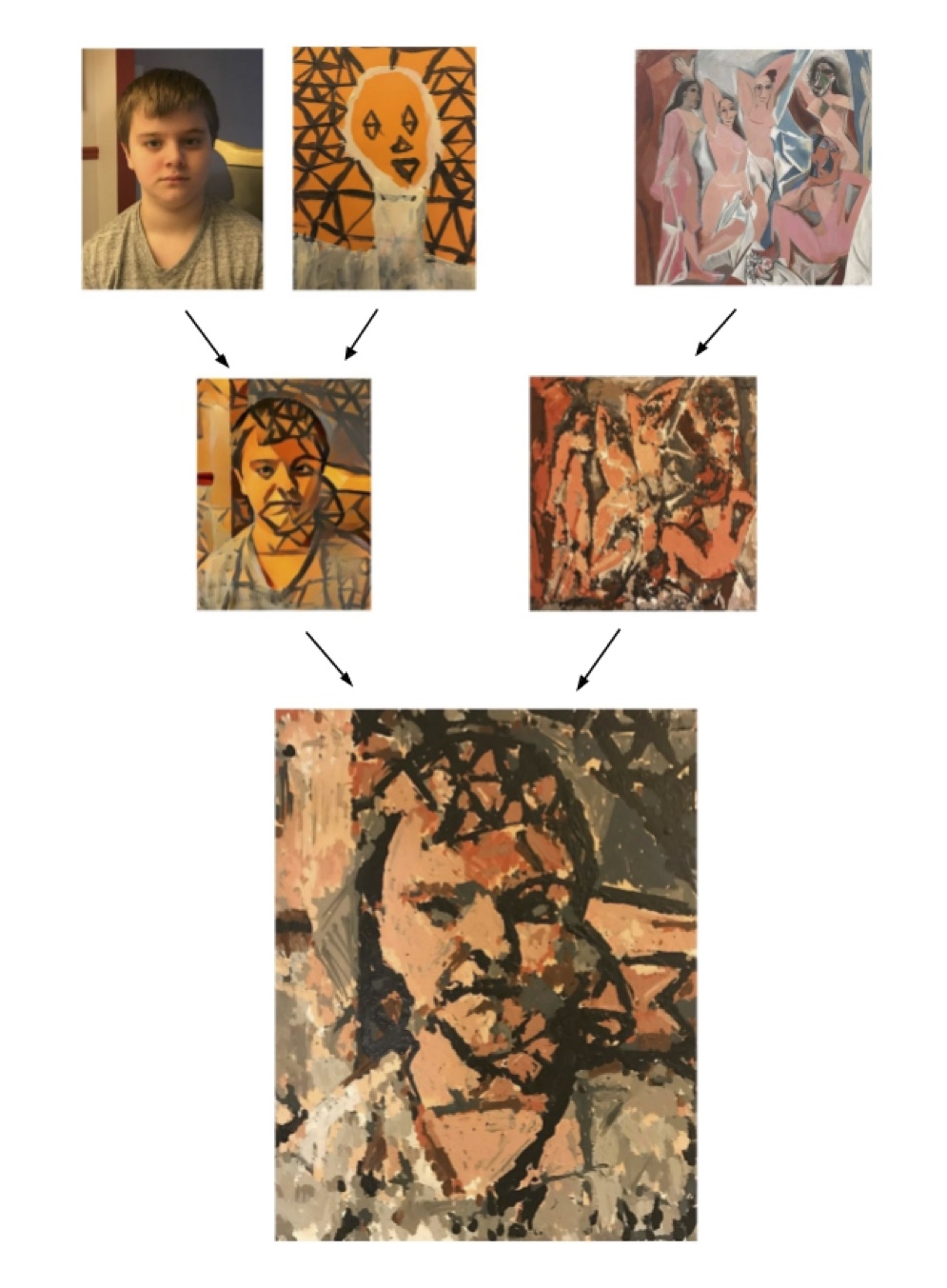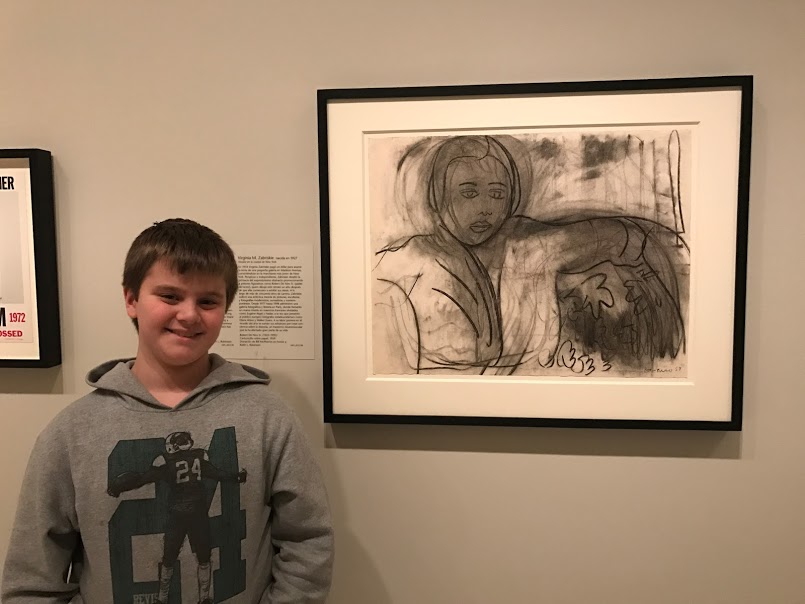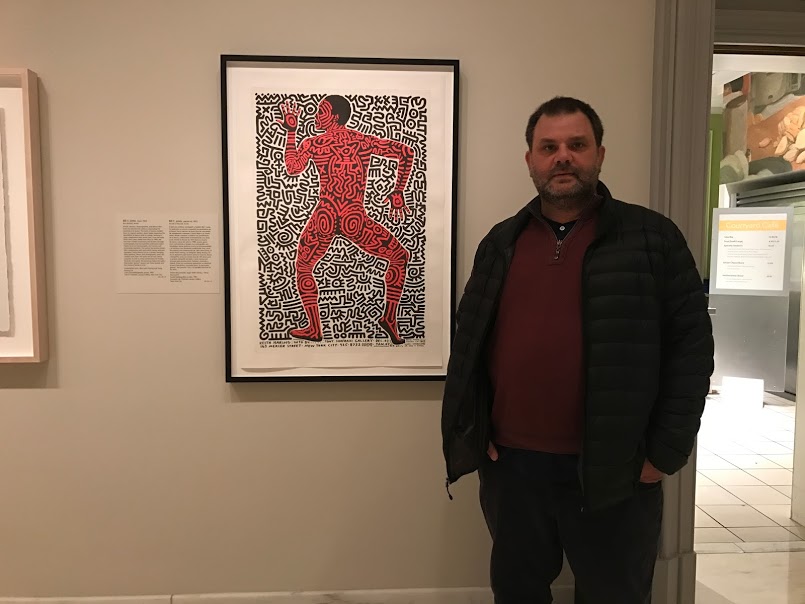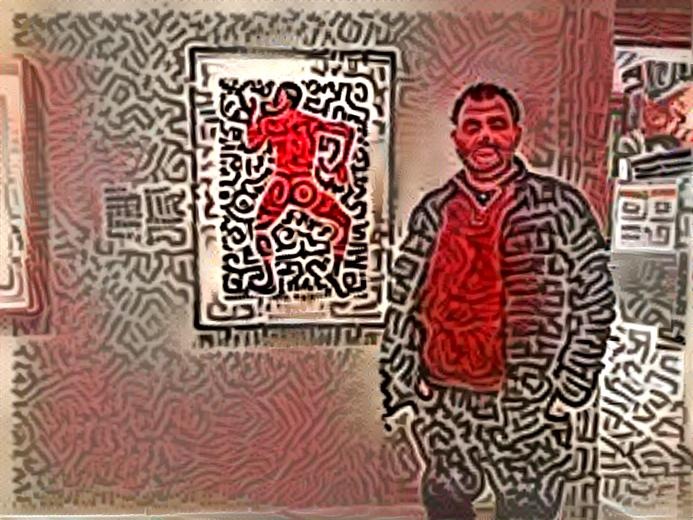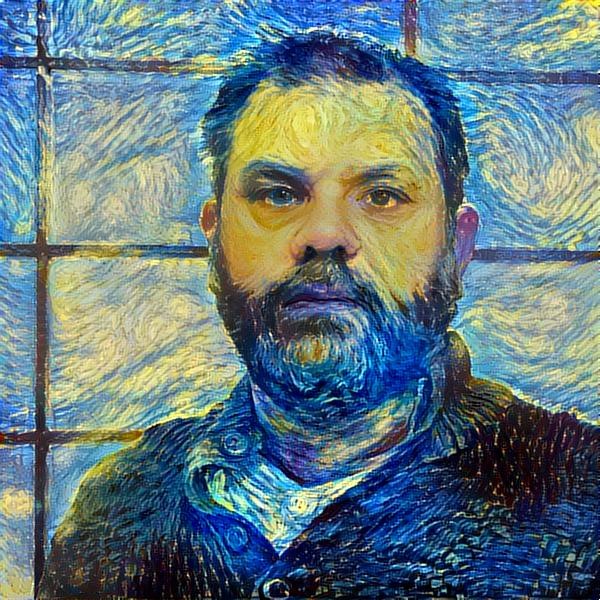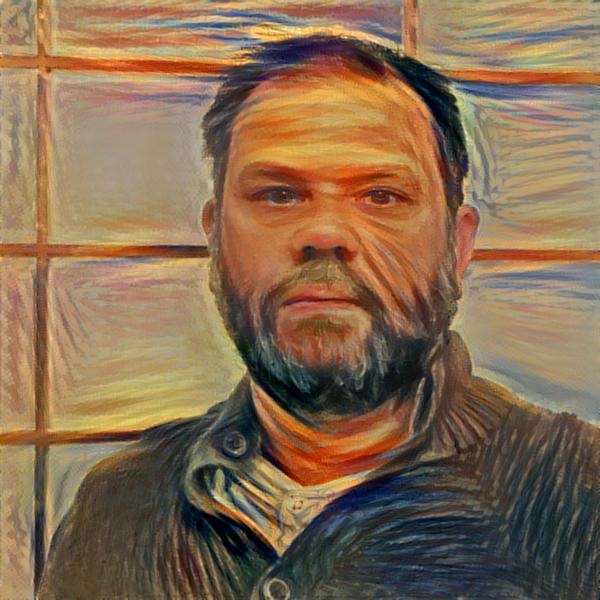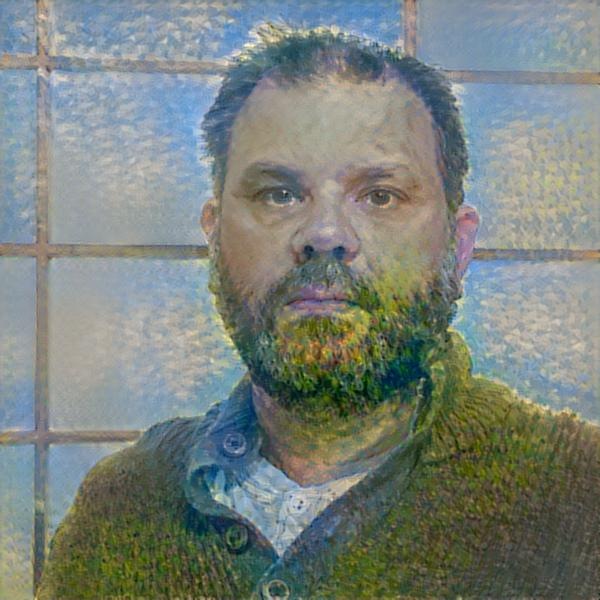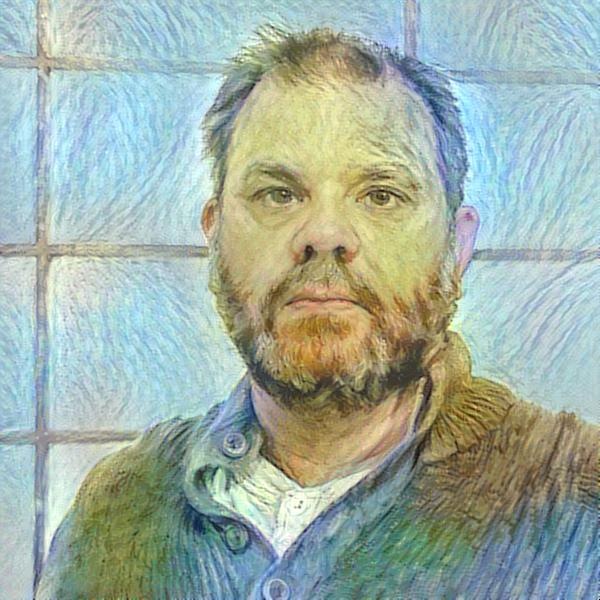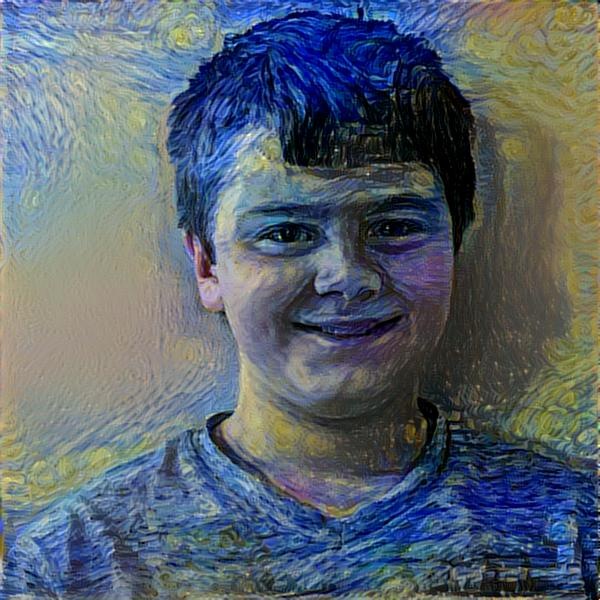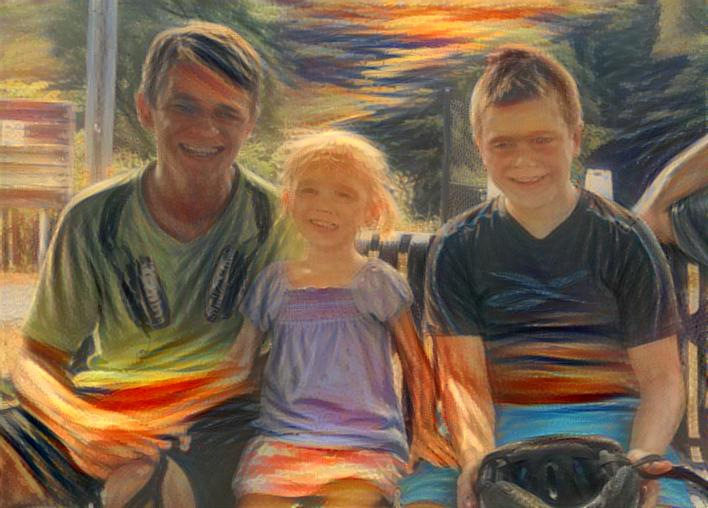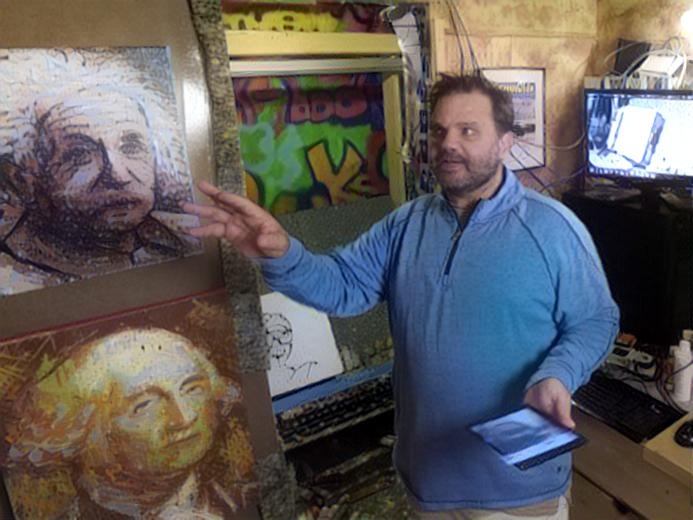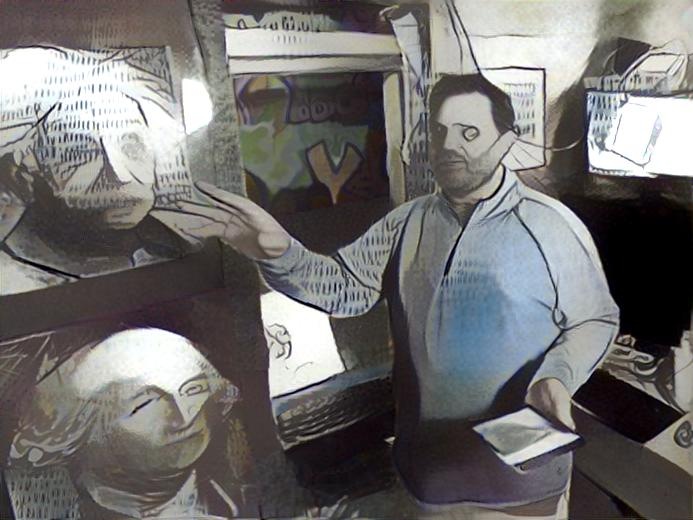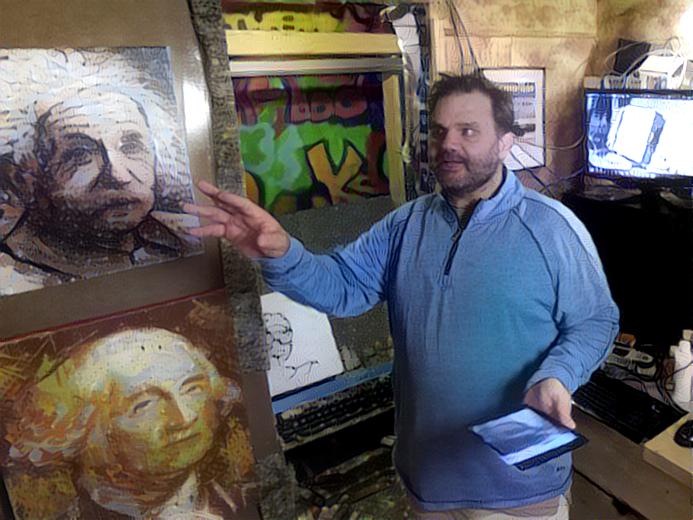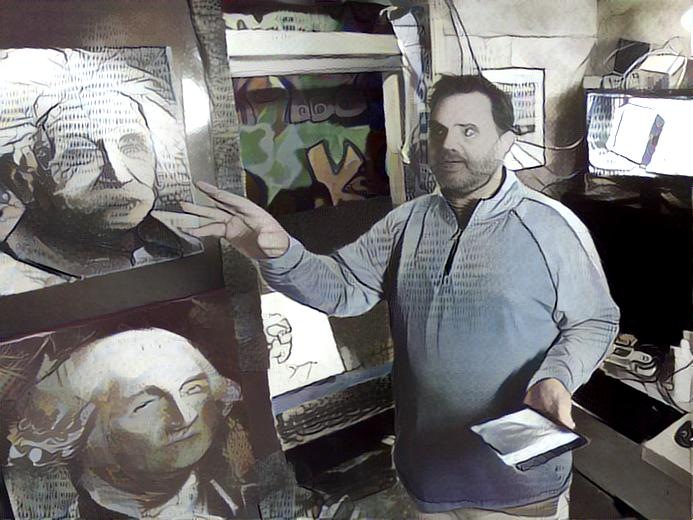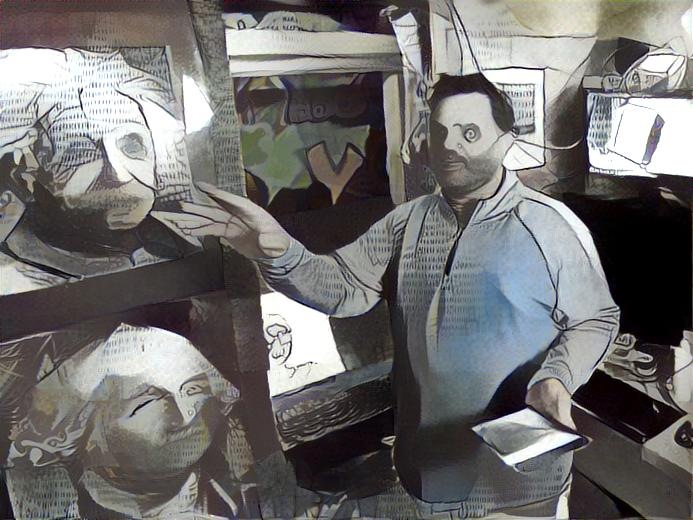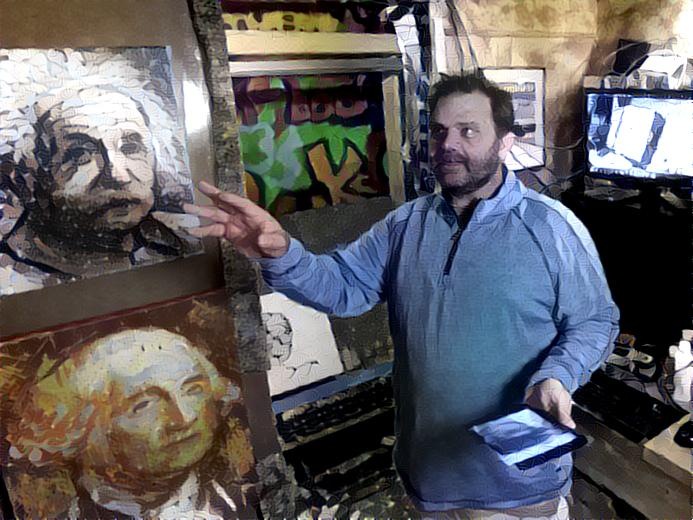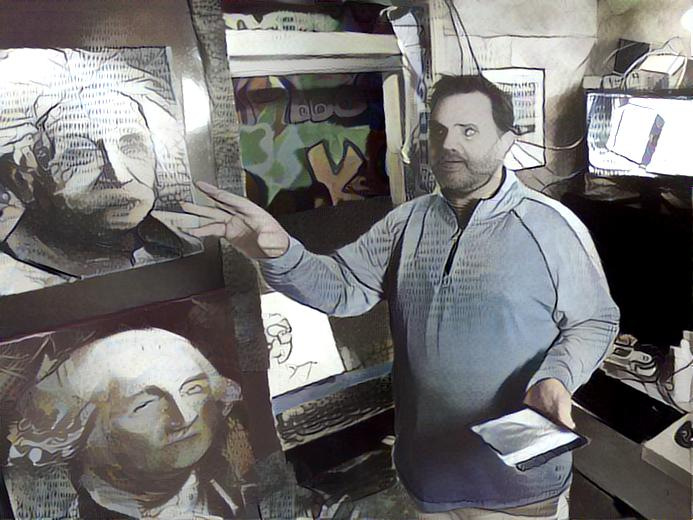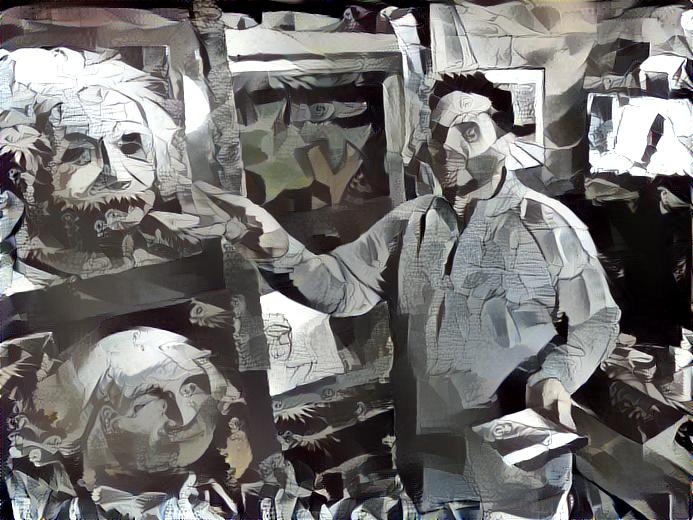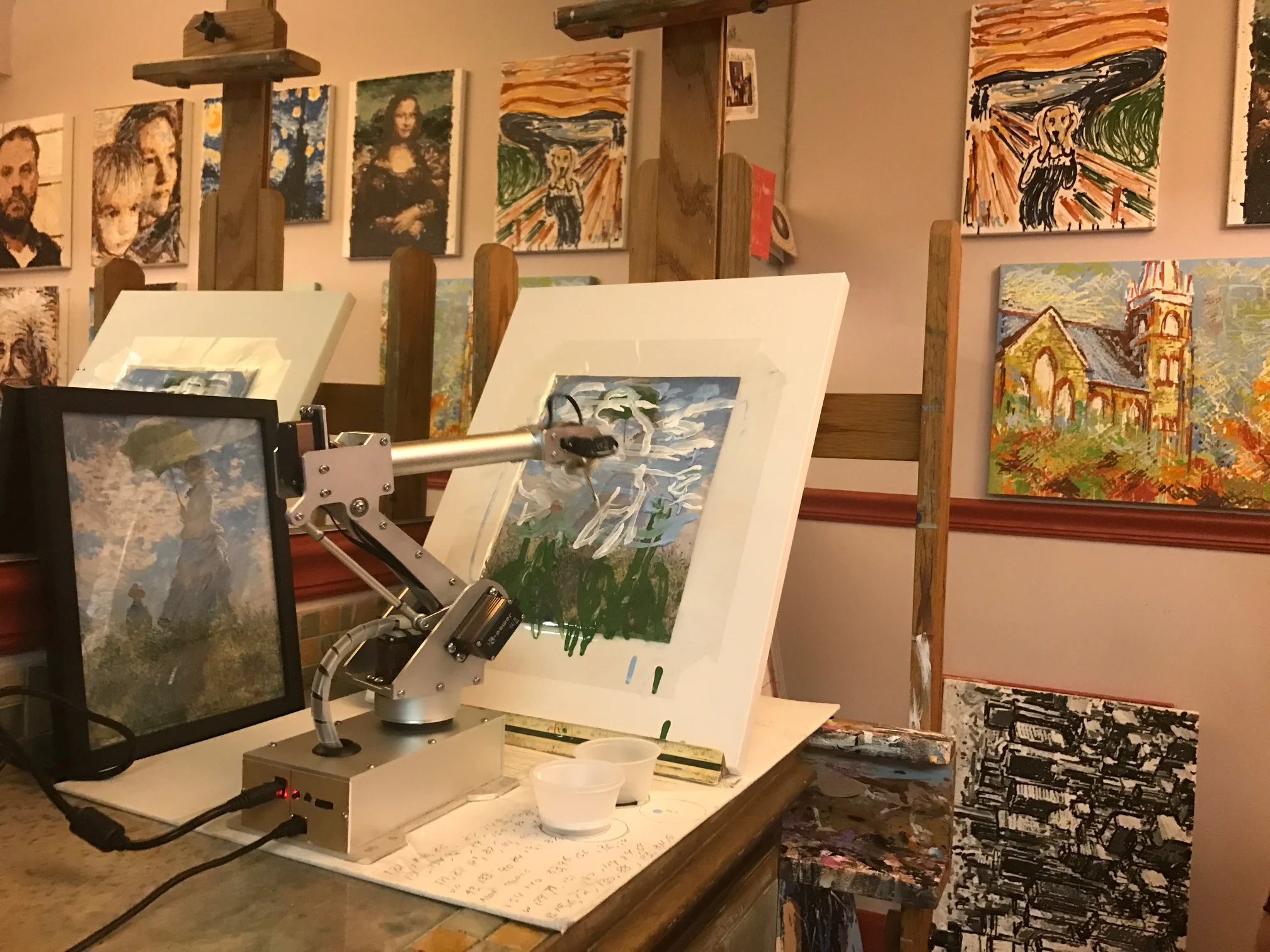Seeing this limitation, I am currently attempting to improve upon Google's work by modeling both the brushstrokes and abstraction. In the same way that the color and texture is being successfully transferred, I want the actual brushstrokes and abstractions to resemble the original artwork.
So how would this be possible? While I am not sure how to achieve artistic abstraction, modeling the brushstrokes is definitely doable. So lets start there.
To model brushstrokes, Deep Learning would need brushstroke data, lots of brushstroke data. Simply put, Deep Learning needs accurate data to work. In the case of the Google's successful pastiches (an image made in style of an artwork), the data was found in the image of the masterpieces themselves. Deep Neural Nets would examine and re-examine the famous paintings on a micro and macro level to build a model that can be used to convert a provided photo into the painting's style. As mentioned previously, this works great for color and texture, but fails with the brushstrokes because it doesn't really have any data on how the artist applied the paint. While strokes can be seen on the canvas, there isn't a mapping of brushstrokes that could be studied and understood by the Deep Learning algorithms.
As I pondered this limitation, I realized that I had this exact data, and lots of it. I have been recording detailed brushstroke data for almost a decade. For many of my paintings each and every brushstroke has been recorded in a variety of formats including time-lapse videos, stroke maps, and most importantly, a massive database of the actual geometric paths. And even better, many of the brushstrokes were crowd sourced from internet users around the world - where thousands of people took control of my robots to apply millions of brushstrokes to hundreds of paintings. In short, I have all the data behind each of these strokes, all just waiting to be analyzed and modeled with Deep Learning.
This was when I looked at the systematic failures of pastiches made from Edvard Munch's The Scream's, and realized that I could capture Munch's brushstrokes and as a result make a better pastiche. The approach to achieve this is pretty straight forward, though labor intensive.
This process all begins with the image and a palette. I have no idea what Munch's original palette was, but the following is an approximate representation made by running his painting through k-means clustering and some of my own deduction.


















